Grow Asparagus Easily
Have you ever dreamed of harvesting your own delicious, tender asparagus spears right from your backyard? I know I have! For years, I thought growing asparagus was some complicated, almost mystical process reserved for experienced gardeners. But let me tell you, after discovering a few simple Grow Asparagus Easily tricks and DIY techniques, I’ve completely changed my mind. This article is all about demystifying the process and sharing my secrets to successfully cultivating this delightful vegetable, even if you’re a complete beginner.
Asparagus, with its rich history dating back to ancient times, has been a culinary staple for centuries. From the Roman Empire to modern-day kitchens, its versatility and unique flavor have made it a beloved ingredient. But the joy of growing your own asparagus goes beyond just the delicious harvest; it’s about connecting with nature, understanding the life cycle of a plant, and experiencing the immense satisfaction of nurturing something from seed to plate.
Why You Need These Grow Asparagus Easily Tips
In today’s fast-paced world, we often crave a connection to something more natural and sustainable. Growing your own food, especially something as rewarding as asparagus, offers a sense of accomplishment and self-sufficiency. Plus, homegrown asparagus is undeniably tastier and fresher than anything you’ll find in the supermarket. These Grow Asparagus Easily techniques will empower you to create your own little asparagus patch, no matter how limited your gardening experience might be. I’ll guide you through every step, from selecting the right crowns to harvesting your first bountiful crop. Get ready to transform your garden and your dinner table!
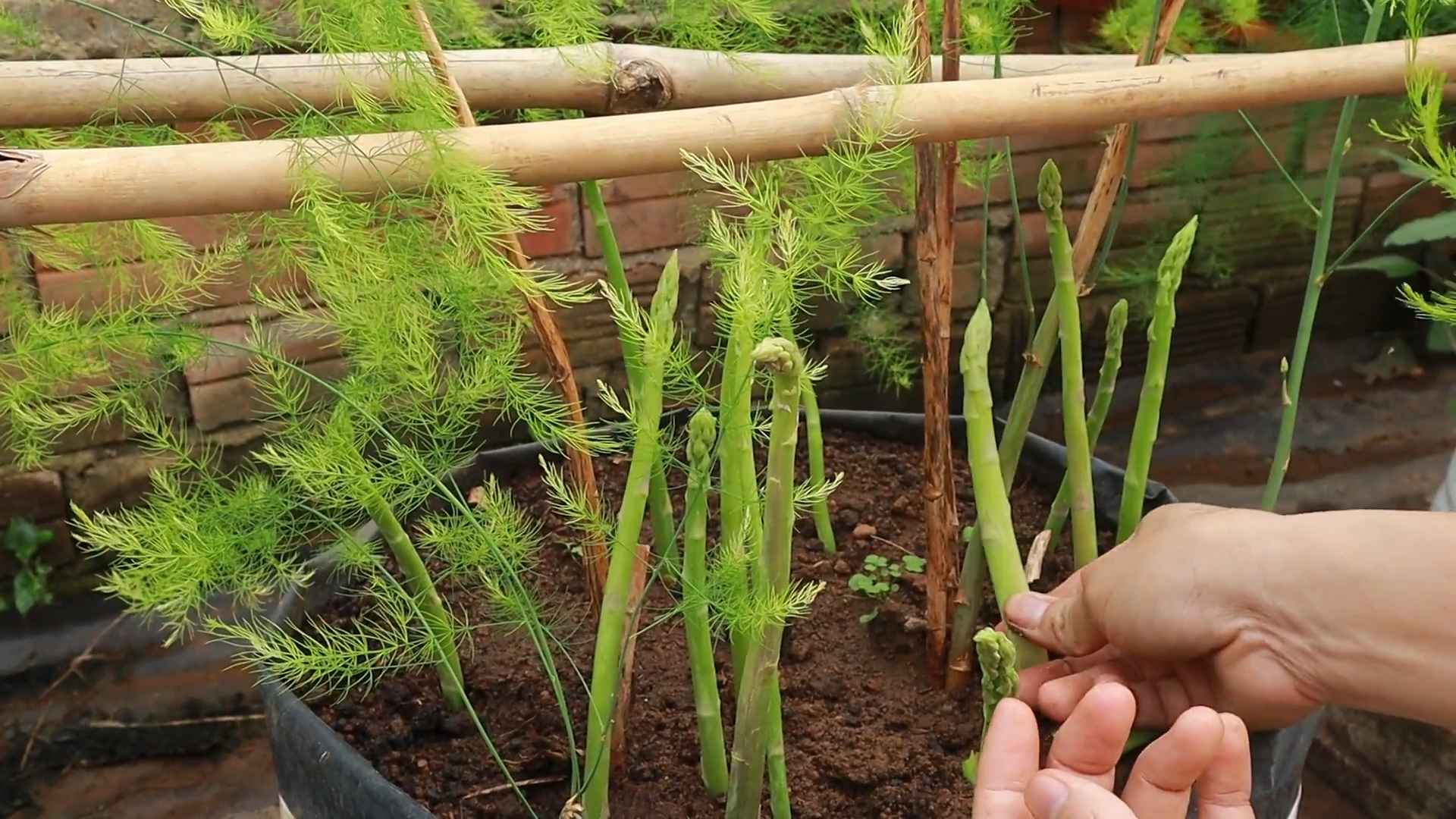
Growing Asparagus Easily: A DIY Guide
Asparagus is a delicious and rewarding vegetable to grow, but it can seem daunting at first. Don’t worry, I’m here to guide you through the process, making it easy and enjoyable. This guide will walk you through everything from selecting crowns to harvesting your first spears.
Phase 1: Planning and Preparation
- Choose the right location: Asparagus needs at least six hours of direct sunlight daily. Select a sunny spot in your garden with well-drained soil. Poor drainage can lead to crown rot.
- Soil preparation is key: Asparagus thrives in loose, fertile soil. Amend heavy clay soils with plenty of compost or well-rotted manure to improve drainage and aeration. Sandy soils benefit from the addition of organic matter to retain moisture.
- Test your soil pH: Asparagus prefers a slightly acidic to neutral pH (6.5-7.5). A soil test kit from your local garden center will help you determine your soil’s pH and guide you on any necessary amendments. Adjusting the pH is crucial for optimal nutrient uptake.
- Plan your planting layout: Asparagus is a perennial crop, meaning it will grow in the same spot for many years. Allow ample space for the plants to mature. A spacing of 18-24 inches between rows and 12-18 inches between plants within the rows is recommended.
- Gather your materials: You’ll need asparagus crowns (one-year-old plants), a garden spade or shovel, a wheelbarrow (optional, but helpful), compost or well-rotted manure, and a garden hose.
Phase 2: Planting the Asparagus Crowns
- Prepare the planting trench: Dig a trench about 12 inches deep and as long as needed to accommodate your asparagus crowns. The width of the trench should be wide enough to comfortably plant the crowns.
- Amend the soil in the trench: Mix a generous amount of compost or well-rotted manure into the soil removed from the trench. This will provide essential nutrients for the developing plants. A good rule of thumb is to mix in about one-third compost to two-thirds native soil.
- Place the asparagus crowns: Carefully place the asparagus crowns in the bottom of the trench, spacing them according to your chosen layout. Make sure the crown’s roots are spread out evenly.
- Cover the crowns: Gradually backfill the trench with the amended soil, ensuring the crowns are completely covered. Avoid compacting the soil too much, as this can hinder root development.
- Water thoroughly: After planting, water the area deeply to settle the soil and help the crowns establish themselves. Use a gentle stream of water to avoid dislodging the crowns.
Phase 3: Ongoing Care and Maintenance
- Weed regularly: Keep the area around your asparagus plants free of weeds, especially during the first year. Weeds compete with the asparagus for nutrients and water.
- Water consistently: Asparagus needs consistent moisture, especially during dry periods. Water deeply and regularly, aiming for about one inch of water per week. Mulching around the plants can help retain soil moisture.
- Fertilize annually: In the spring, apply a balanced fertilizer, such as a 10-10-10 formula, to provide essential nutrients for healthy growth. Follow the package instructions for application rates.
- Control pests and diseases: Monitor your asparagus plants for signs of pests or diseases. Common pests include asparagus beetles and aphids. If you notice any problems, consult your local garden center for appropriate control measures.
- Avoid harvesting in the first year: Allow the asparagus plants to establish a strong root system before harvesting. This will ensure a bountiful harvest in subsequent years.
Phase 4: Harvesting Your Asparagus
- Harvesting time: You can begin harvesting asparagus spears in the second year after planting. The spears should be about 6-8 inches tall and pencil-thick. Harvesting too early or too late can affect the yield.
- Harvesting technique: Use a sharp knife or garden shears to cut the spears at ground level or just below the surface. Avoid pulling the spears, as this can damage the crown.
- Harvesting frequency: Harvest spears daily or every other day during the peak harvesting season, which typically lasts for 4-6 weeks. Once the spears become thin and stringy, it’s time to stop harvesting for the season.
- Proper storage: Store harvested asparagus spears in the refrigerator in a plastic bag. They are best used within a day or two of harvesting for optimal flavor and texture.
Phase 5: Winter Preparation
- Cut back the foliage: In late fall, after the foliage has died back, cut the asparagus stalks down to ground level. This helps prevent disease and pests.
- Apply mulch: Apply a layer of mulch, such as straw or shredded leaves, around the plants to protect the crowns from frost and cold temperatures. This will help ensure the plants survive the winter and produce a good harvest the following year.
Important Note:
Patience is key when growing asparagus. It takes a couple of years before you get a significant harvest, but the wait is well worth it! Enjoy the process and the delicious rewards of your homegrown asparagus.
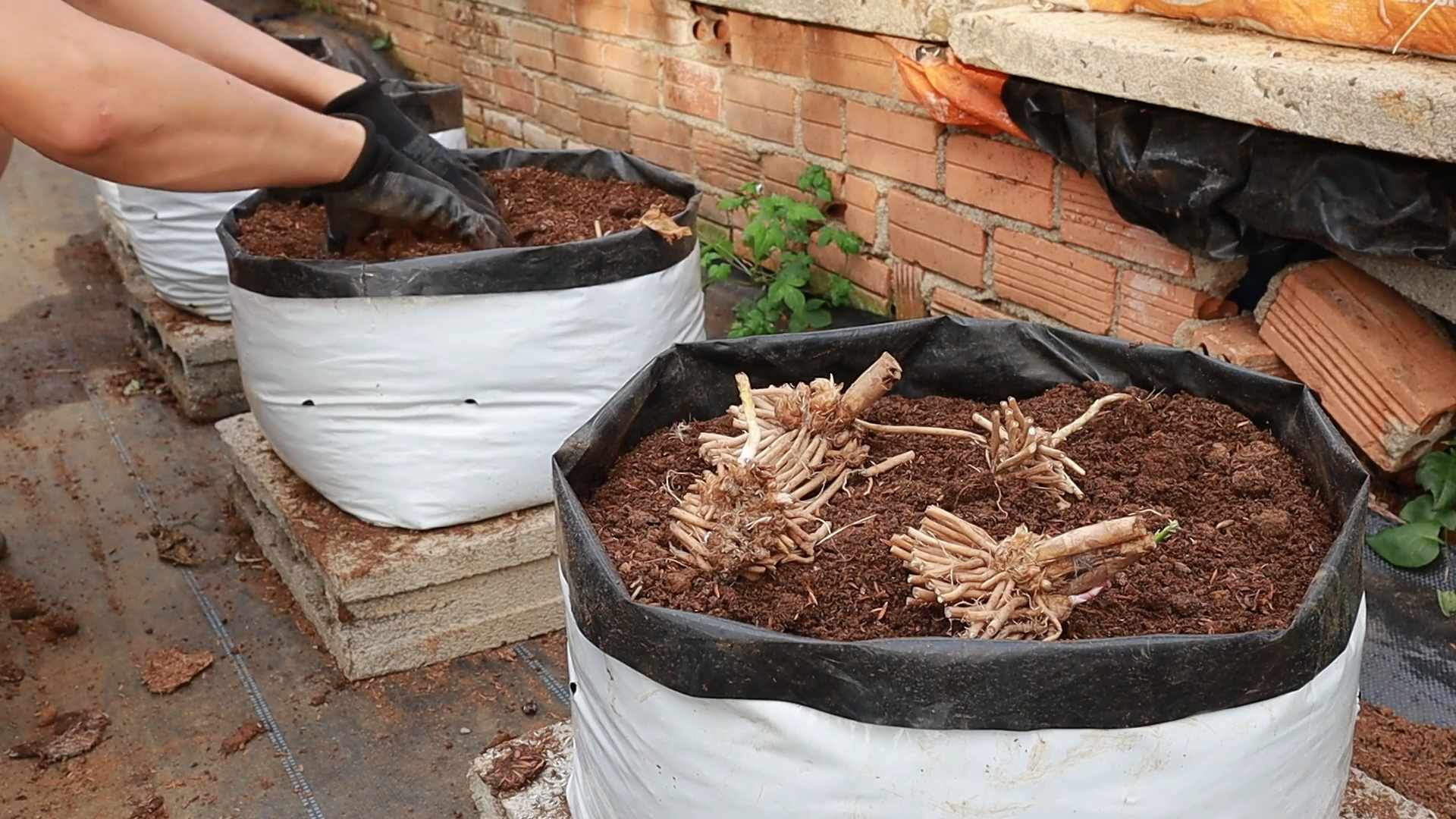
Conclusion
So there you have it – a simple, yet incredibly effective method for growing your own delicious asparagus. This DIY approach to asparagus cultivation offers a rewarding experience that far surpasses the convenience of store-bought spears. You’ll not only enjoy the unparalleled taste of homegrown asparagus, bursting with freshness and flavor, but you’ll also gain a deep satisfaction from nurturing these plants from seed to harvest. This DIY trick is a must-try for anyone with even a small patch of garden space, or even a large container on a balcony or patio. The initial investment of time and effort is minimal compared to the years of bountiful harvests you’ll enjoy. The feeling of picking your own tender asparagus spears, knowing exactly where they came from and how they were grown, is truly priceless.
Beyond the basic method outlined, there are numerous ways to personalize your asparagus growing experience. Experiment with different varieties to discover your favorites – some varieties are known for their particularly tender spears, while others boast a more robust flavor. Consider companion planting; incorporating herbs like chamomile or calendula can help deter pests and improve soil health. If you have limited space, explore vertical gardening techniques to maximize your yield. And don’t be afraid to get creative with your harvesting methods – some gardeners prefer to harvest only the largest spears, leaving the smaller ones to grow larger, while others opt for a more consistent harvest by picking all spears that meet a certain size. The possibilities are endless!
We strongly encourage you to embark on this rewarding gardening journey. Growing your own asparagus is not only a fun and educational experience, but it also provides a sustainable and delicious way to enhance your diet. Share your experiences with us! We’d love to hear about your successes, challenges, and any unique variations you develop. Post pictures of your thriving asparagus plants and delicious dishes on social media using #GrowAsparagusEasily – let’s build a community of homegrown asparagus enthusiasts together. Remember, the journey of growing your own food is as rewarding as the harvest itself. So grab your seeds, prepare your soil, and get ready to enjoy the freshest, most flavorful asparagus you’ve ever tasted.
This method of growing asparagus is perfect for beginners and experienced gardeners alike. It’s a low-maintenance approach that delivers high rewards, making it an ideal addition to any garden, regardless of its size or location. Don’t let the thought of growing your own asparagus intimidate you; with a little patience and care, you’ll be enjoying the fruits (or rather, spears!) of your labor in no time. So, what are you waiting for? Start your asparagus adventure today!
Frequently Asked Questions
Q: How long does it take to harvest asparagus after planting?
A: Asparagus is a perennial plant, meaning it comes back year after year. However, it requires a period of establishment before it produces a significant harvest. You’ll typically need to wait two to three years after planting before you can begin harvesting significant quantities of asparagus. The first year is primarily focused on root development, and you’ll only harvest a small amount in the second year. However, the wait is well worth it, as your asparagus patch will continue to produce for many years to come.
Q: What type of soil is best for growing asparagus?
A: Asparagus thrives in well-drained, sandy loam soil that is rich in organic matter. The soil should be slightly acidic to neutral (pH 6.5-7.5). Before planting, amend your soil with plenty of compost or other organic matter to improve its drainage and fertility. Poorly drained soil can lead to root rot, so ensuring good drainage is crucial for successful asparagus cultivation.
Q: How much sunlight does asparagus need?
A: Asparagus requires at least six to eight hours of direct sunlight per day to thrive. Choose a location in your garden that receives ample sunlight throughout the day. Insufficient sunlight can lead to reduced yields and weaker plants.
Q: How often should I water my asparagus?
A: Consistent watering is essential, especially during the establishment phase and during dry periods. Aim to keep the soil consistently moist but not waterlogged. Water deeply and less frequently rather than shallowly and often. The frequency of watering will depend on your climate and soil type, but generally, you’ll need to water more frequently during hot, dry weather.
Q: What are some common pests and diseases that affect asparagus?
A: Asparagus can be susceptible to various pests and diseases, including asparagus beetles, aphids, and rust. Regularly inspect your plants for signs of infestation or disease. Implementing preventative measures such as crop rotation and companion planting can help minimize pest and disease problems. If you encounter significant infestations, consider using organic pest control methods.
Q: Can I grow asparagus in containers?
A: Yes, you can grow asparagus in large containers, provided they are at least 18 inches deep and wide to accommodate the extensive root system. Choose containers with drainage holes to prevent waterlogging. Container-grown asparagus may require more frequent watering than plants grown in the ground.
Q: When is the best time to harvest asparagus?
A: The optimal time to harvest asparagus is typically in the spring, once the spears reach a height of 6-8 inches and are pencil-thick. Harvest spears by snapping them off at the base, leaving the remaining portion of the spear intact. Continue harvesting for several weeks, then allow the plants to focus on building energy for the next season.

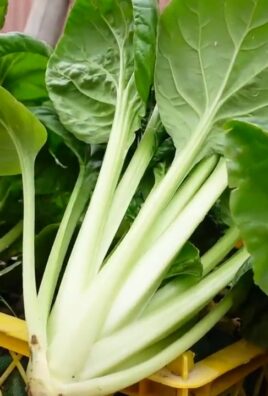
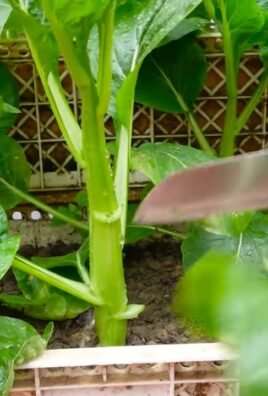
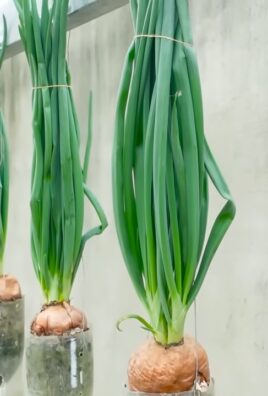
Leave a Comment